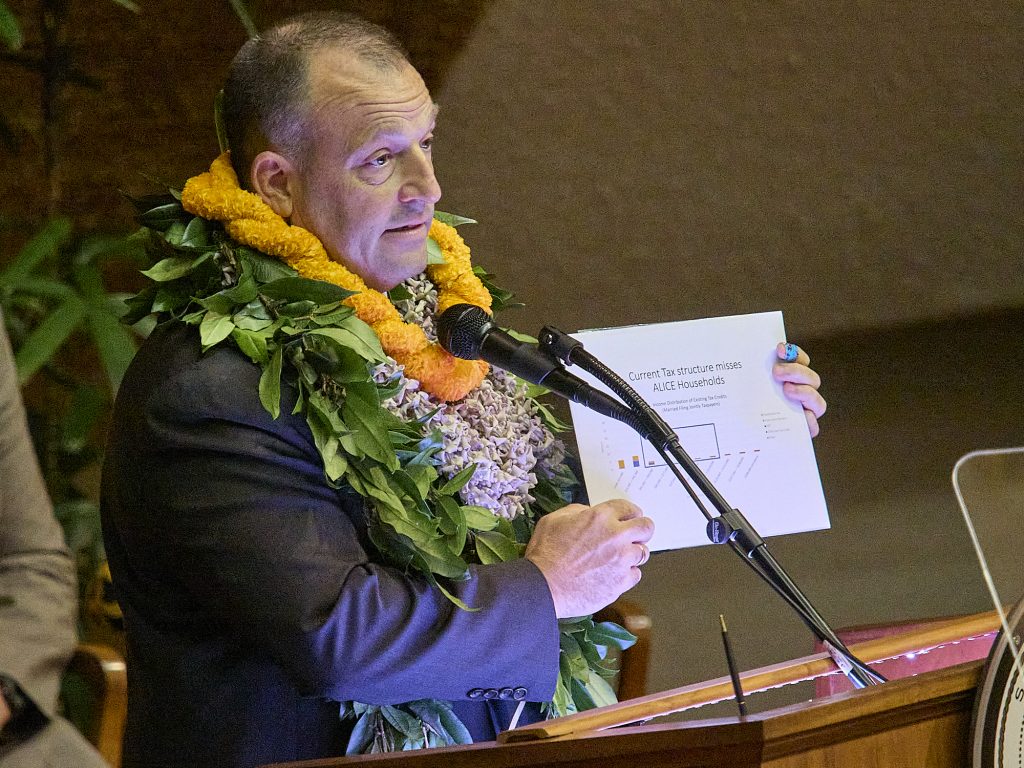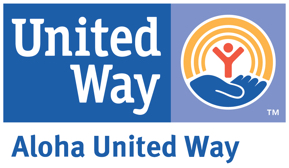
Jan. 26, 2023
Photo and article courtesy of Honolulu Civil Beat
Community and business organizations are applauding Gov. Josh Green’s plan to address Hawaii’s cost of living but say they would like to see more details on it, which he has described as “the largest tax reduction in the history of the state.”
“It’s a very ambitious and bold plan, visionary – and that’s what we want to hear,” said Sherry Menor-McNamara, president and chief executive of the Chamber of Commerce Hawaii. “It’s heading in the right direction, but as you know, it’s all in the details.”
Suzanne Skjold, chief operating officer of the Aloha United Way, echoed Menor-McNamara’s praise for Green’s plan, saying it represented “bold action” and was “very much aligned” with the Aloha United Way’s goal of enhancing health, education, and financial stability in the community.
Green’s envisioned relief – which he calls the “Green Affordability Plan,” or GAP – aims to put more cash into the hands of households struggling to get by in a state with the nation’s highest cost of living. This entails tax credits to reduce living costs for not just the lowest income households but also for teachers, families who need child care and people barely making ends meet.
Perhaps most notable in Green’s plan was its focus on households deemed ALICE, an acronym that stands for “asset-limited, income-constrained, employed:” essentially, working families who are either just above the poverty level or, at the upper end, living paycheck to paycheck without much wiggle room.
A November study by the Aloha United Way with the Hawaii Community Foundation found that 44% of Hawaii households were living below the ALICE threshold, up from 42% in 2018. Those living in poverty also rose, to 15% in 2022 from 9% in 2018. For some counties, the numbers are worse: on Maui and the Big Island, more than half the households were below the ALICE level.
By focusing on the ALICE population, Green aligned his message with the Hawaii Community Foundation and Aloha United Way, two of the state’s largest private charitable organizations, which have popularized the use of the ALICE term over the past several years.
Micah Kane, the Hawaii Community Foundation’s chief executive, said others are now using ALICE to describe people struggling to make it in Hawaii.
“I think the community overall, including the private sector, have adopted this metric as a measure of the well-being of people,” Kane said.
Green’s GAP plan proposes boosting support to families earning less than $45,000 per year by doing things like increasing a tax credit for low-income renters and a tax credit on earned income. For ALICE families, it calls for additional tax credits, as well as up to $10,000 annually to pay for things like child care, babysitting, summer camps and adult daycare. Teachers would get a $500 annual tax credit to help cover out-of-pocket school supply expenses.
The Green administration estimates the fiscal impact will be $312.7 million in 2024, rising incrementally to $416.5 million in 2029.
For the full article, continue reading at Honolulu Civil Beat.
